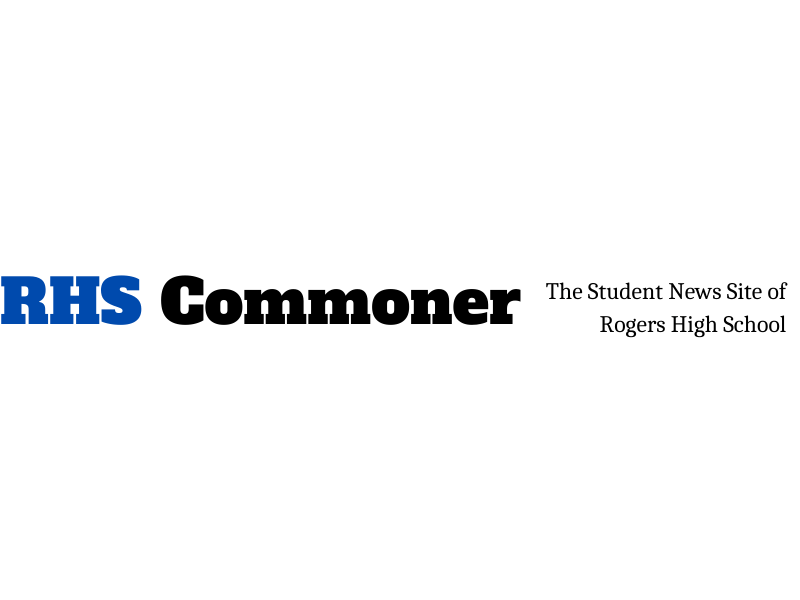High schoolers.
When mentioning this group, society often concludes that graduation is the main end goal. But what about everything in between? The freedom; the journey; the experience. As a teenager, choices are meant to be made in order to discover self-identity.
Unfortunately, students often lack freedom to choose their desired classes due to the tight need for credits to graduate.
Those choices are limited by a system that offers more than they’re able to give. Many years ago, about 20 credits were needed to fulfill the expectations for that diploma. Today, four more credits are required — which is equivalent to eight more semester classes. Stress in youth increases as the standards in education pile on.
The core courses include English, Science, Social Studies, Math, and other personal pathway electives. Classes are spread throughout each student’s four years of high school, approximately totaling to four to five periods in their six-period day. For example, in 2022 Financial Literacy became a graduation requirement.
Connecting with a few peers, they all feel like they’re missing out on some level. Most of their electives, if not all, are essential to their core credits, rather than a creative class. A bunch of “I’d love to, but I have to take—” keeps students from taking the classes and clubs that support their wants. Depending on their path, they might need an extra year of world language, or an extra semester of AVID for those cords.
Elly Siring, a junior, previously sang in choir and would’ve liked to join music again. Unfortunately, this year Siring is unable to join any electives at all: She’s currently in an AP class, three core credit classes, and nursing. She took nursing because she wants to pursue a medical career, but it occupies not only two semesters, but two whole periods.
Siring faces “six to seven hours of school, one to two hours of assignments at home, while working on the weekends.” This only leaves vacant evenings during the week, which follow with getting decent sleep every night to wake up and grind all over again.
Like Siring, students fill their schedule by thinking ahead into their future – what college they want to attend, what job they want to have, etc. In these scenarios, many students are taking multiple AP classes, college courses for running start, or just regular classes. While year-long electives like band and nursing might fulfill a students’ interests, they become a sacrifice of two classes. That’s when students remember that one science class they postponed still has to be pursued.
According to the Entrepreneur, it’s important that students embrace imaginative outlets early, to ease their mind and cope with stress in their busy lives.
This issue doesn’t just affect the student body; it also affects the teachers – some of whom were able to shine extra light to the issue.
PJ Gorski, a respected teacher of the arts electives, has been teaching for six years at RHS. He mentions how we all “took a hit from Covid.” With this, he recognizes the time students are still taking to adjust back into the everyday school lifestyle, implying that the environment has continued to decline in motive.
Taking a deeper look into the benefits of a creative elective like art, he states “everybody finds their own strengths … what they like, what they don’t, and what they’re good at.” Gorski recalls about only 22% of his students able to return and have their full three years in one of his classes. As a teacher, he understands that although art is a state requirement, there are sometimes loopholes for students who need classes that support college admissions.
He highlights the creativity that art brings out in the students, whether it be visual, drama, or music.

“High school is when people learn to be more expressive, especially compared to middle school or elementary, this is their jumping point,” he adds. Participation is important to Gorski’s classes as he is aware of the homework loads teens already worry about from other classes.
Justin Wisness, the choir teacher at Rogers for the past 16 years, has witnessed some of these elective enrollment changes. From his perspective, he acknowledges Core 24 in the Puyallup School District, which is significant because it gives students only 24 credit opportunities to get the 24 credits needed to meet Washington state graduation requirements.
“In their four years, it doesn’t leave a lot of room for error or exploration,” Wisness said. “There’s a lack of opportunities, whereas other districts—such as Bethel—divide their year in trimesters, or even quarters, are able to finish with over 30 credits.”
He notices the number of students able to return to music for their entire high school journey is gradually decreasing. In music, especially, there’s a worry of funding cuts if there aren’t enough students enrolling. Until 2008, taking a music class was obligatory but that changed as more graduation requirements add on.
“Music is a culture that provides a safe space for people to sing, laugh, and be themselves without judgement,” Wisness said.
The brain utilizes creativity at different paces, in various ways. Electives of the students’ choice “should be a part of their day they can look forward to and let go,” he said.
Without change, the pressuring to strive for success will continue to drain the motivation and excitement about school. Moving forward, will the Puyallup School District consider teens’ feelings and modify the schedule?







